This is probably the second or third post (and surely not the last) I’ve put up that has been a product of a relatively sudden and massive chocolate craving. The humble soufflé has been made out to be this complicated thing that requires great finesse and skill and has a 50:50 chance of collapsing on itself and being an utter flop.I suppose much of this perception has to do with TV and competitive reality cooking programmes that show many a hapless contestant serving up a collapsed or malformed soufflé.
I believe the secret to a good soufflé is more about understanding the method and basic science of it than skill. A soufflé does not rely on leavening agents like yeast of baking powder to give it the rise we see. The bubbles of air brought into it (through a well-whisked egg white or two) hold the air within its body and slowly expand as it bakes, gently extruding itself upwards and outwards out of its container. The fact that heat gently breathes the rise into a soufflé also naturally implies that once it cools, it will inevitably start to collapse.
It’s all about timing; prepping the mix and setting it in the oven for a quick bake, just in time for dessert so that you can serve it directly once its ready, risen to its peak, to gently deflate as it is dug into with a spoon. Soufflés are deceptively quick to prepare. It forces you to work quickly, because you’d lose the lightness of the whisked-up egg whites if you don’t work quickly enough. The ingredients are easy to measure (provided you have a decent weighing scale close at hand) and put together. The only special skill you might need is to be able to whisk the eggs just right. You could do this with an electric whisk if you’re confident you know exactly when to stop. I prefer whisking by hand because I can keep tilting the bowl and checking if its still slipping around in it and whisking more till I can turn it over without having the whites fall out.
Flavour-wise, the the quality of the chocolate you use is always directly proportional to the deliciousness of your soufflé. As obvious as this might seem, I have come across some chocolate recipes (one mousse in particular) that tastes good even with average chocolate in it.
You could serve this soufflé with a chocolate sauce or ice cream. I think this recipe might even tolerate strange garnishes like sea salt or caramel/praline or chili-cocoa even. I’m not sure if such a thing as chilli-cocoa exists, but if I imagine it’d be a combination of fine chili powder with cocoa, for a gentle bite and burn on the lips after your first spoonful. It’d probably linger for a while after.
- Follow the instructions and ingredient list. There are no shortcuts or substitutions. The ingredients are fairly non-exotic and should not be hard to find.
- Most soufflé recipes follow a similar method. A viscous mix which contains the main flavour ingredient and egg whites whisked to stiff peaks. The consistency of the mix should be liquid enough that it folds in easily with the egg whites.
- The mix should also be cooled to at least room temperature (or the warmth of a raging fever at the most) so that the heat doesn’t collapse the egg white and knock the air out of it.
- It makes sense to have two whisks. One to whisk the egg whites and the other for the yolk, without ever interchanging the two.
- I prefer whisking the egg whites by hand. This keeps you from over whisking it, which might also hamper the rise of the soufflé.
- Buttering the ramekins/moulds is essential. This also makes it easier to spoon the soufflé out from it once it is cooked.
- You can also freeze the mix before you bake it.
This will still bake and rise, albeit not as well as if it were freshly prepared. - For really a good head of soufflé, you could fill the ramekin to the brim and tie a double folded strip of parchment paper around it with twine (about two inches above the rim of the ramekin). This will hold the rise in place even if it goes a little lopsided. Running a knife tip along the edge of the mix once you pour it in is also said to make it rise better.
On the third time, I learned a few more things:
- Don’t even try this without a baking stone. Well, try it, but be prepared for it to collapse upon itself as soon as you remove it from the oven. I tried it and don’t have a photograph because by the time I reached for my phone with one hand after pulling it out of the oven, it had cratered (in spite of a spectacular rise). There’s a possibility that a longer bake at a lower temperature might work.
- If your oven has bottom and top heating elements like mine, pre-heat with both elements on and then bake the first 7 minutes with only the bottom element and then turn the upper one on for the remaining bake. This is to let the top remain uncooked, which helps the soufflé extrude itself slowly out of the ramekin (by letting the bottom cook and push the top upwards).
- Since the rise in a soufflé comes from the egg whites slowly expanding, gluten isn’t a necessary ingredient. This means you can substitute whole wheat flour and even buckwheat (for an entirely gluten free version) when you make this.
- Freezing the soufflé does actually work quite well. The one in the picture above was frozen for 24 hours before baking. It still rose pretty spectacularly. I did bake it for 20 minutes on a baking stone that I pre-heated for 30 minutes. Also, this was a 100% whole wheat version.
The Recipe
Ingredients
105ml milk
29g chocolate
1tsp butter (5g)
1 egg
14g all purpose flour (maida)
10g sugar
1tbsp brandy/rum/kahlua (optional)
This recipe yields a single serving in a (filled to the brim) 4” ramekin or two servings in a smaller ramekin (filled ¾th).
Method
- Butter the ramekins/soufflé moulds and put them in the freezer.
- Heat the milk in a heavy bottomed saucepan. Add the sugar and dissolve.
- Mix the flour with the tablespoon of warm milk to form a mixture with an even consistency. There should be no lumps.
- Add the flour-milk mixture to the now boiling milk and sugar and stir with a spatula till both mixtures are combined evenly.
- Turn the heat off and add the chocolate, stirring till it melts and no lumps are left.
- Once it cools a little, add the butter and stir till it is combined smoothly. Let this cool. Add the alcohol and mix.
- Carefully separate the eggs and whisk the egg whites till they reach a stiff peak consistency. The whisked egg white shouldn’t fall out when you turn the pan upside down.
- Beat the egg yolk till its smooth and almost creamy. Add the chocolate concoction made in the previous steps to this through a sieve to remove and lumps of flour or egg.
- Gently fold this into the egg whites, being careful not to over-fold and lose all that aeration.
Pour the mix into the buttered ramekins, making sure you fill it only about ¾th high to allow for it to rise as it bakes. - Pre-heat your oven to 200ºC for about ten minutes (preferably with a baking stone) before you slip the ramekins in to bake.
- Bake for 14 minutes (if using a 4” ramekin, 10 minutes if you’re using smaller ones). Spank your oven (not with your bare hand) to see if there’s a jiggle; there should be a jiggle, or it might be overcooked. Remove from the oven and serve immediately as the soufflé starts to collapse as soon as it starts to cool. Serve with ice cream or chocolate sauce of your choice.
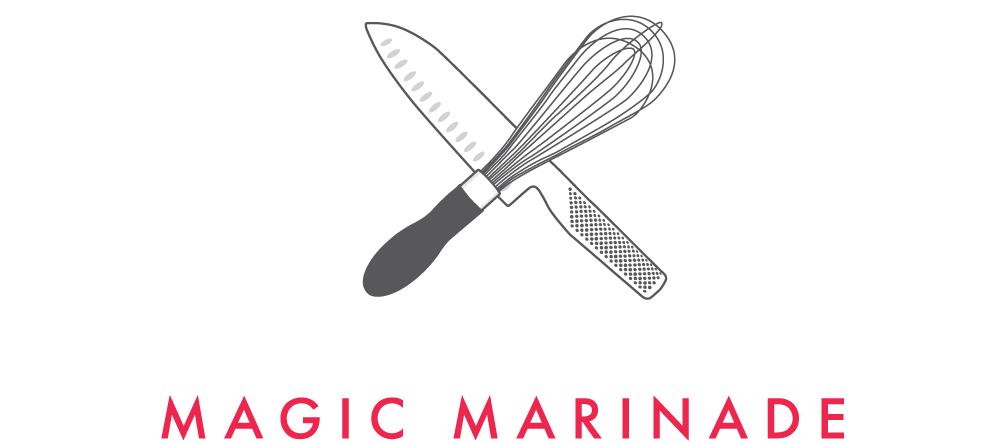
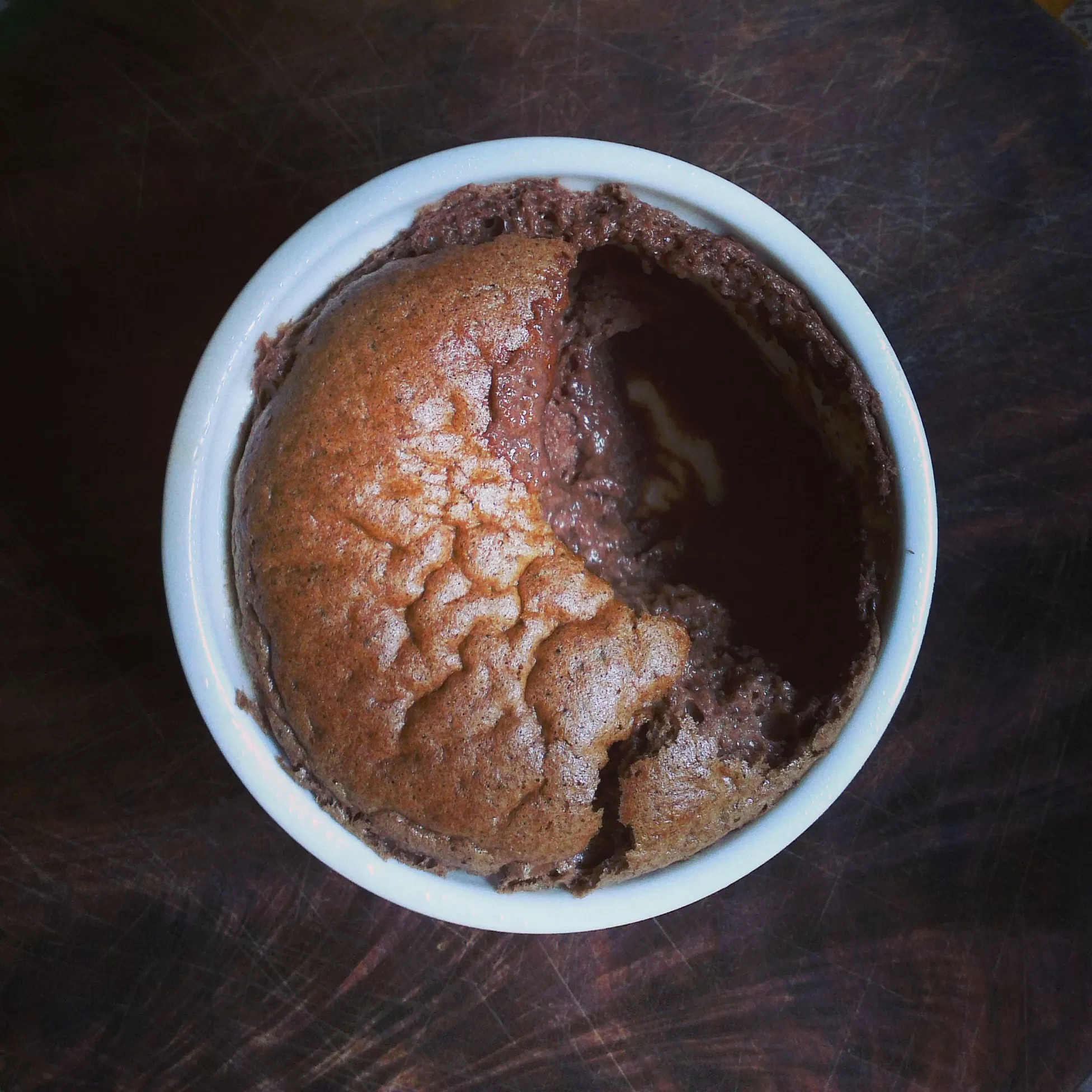
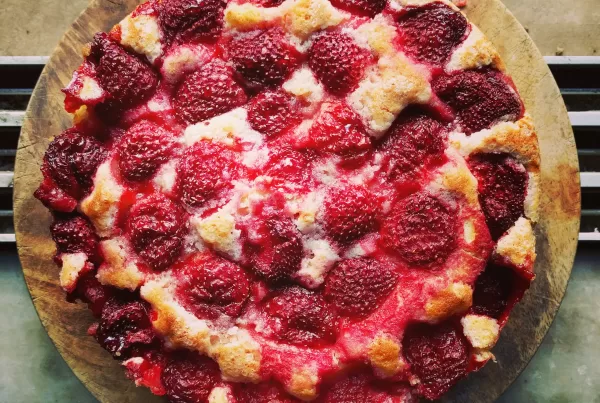
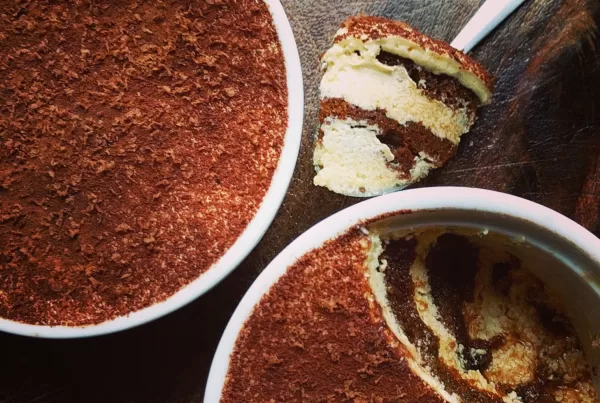
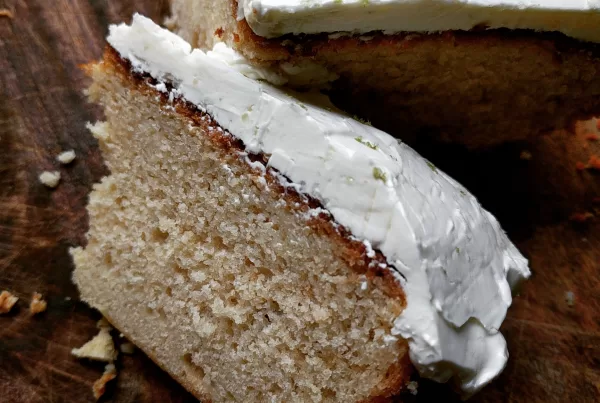


One Comment